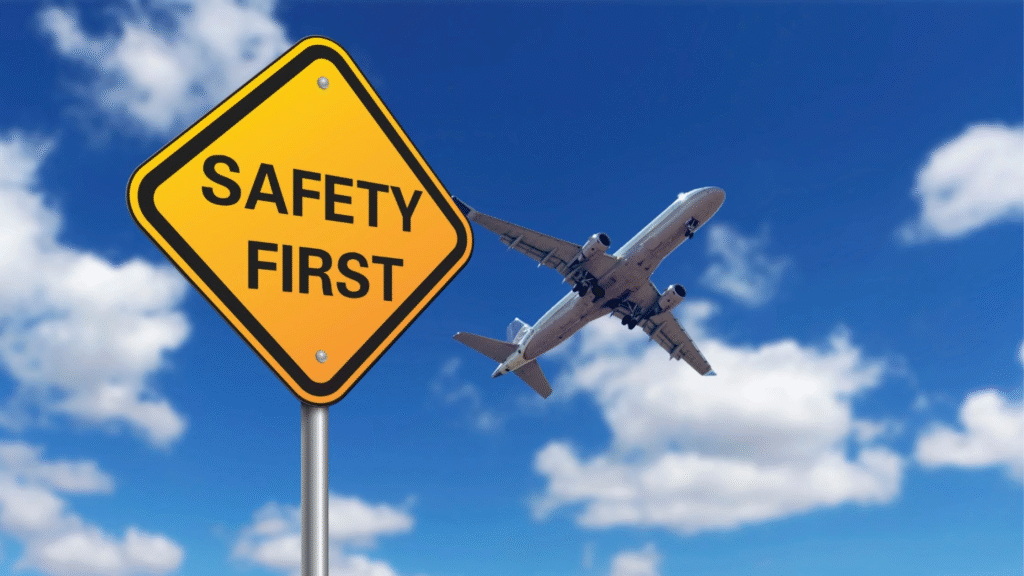Aviation sector maintained strong safety standards through alignment with international bodies such as ICAO, FAA, and EASA. Countries like Kenya, Uganda, Tanzania, Rwanda, and Ethiopia adopted ICAO’s key annexes and followed the Global Aviation Safety Plan (GASP), with oversight support from the East African Civil Aviation Safety and Security Oversight Agency (CASSOA). Regulatory bodies, including the Kenya and Tanzania Civil Aviation Authorities, updated policies on fatigue risk, runway safety, and pilot training.

Safety Management Systems (SMS)
- Safety Management Systems (SMS) became mandatory across all international commercial operators in the region. Carriers like Ethiopian Airlines and Kenya Airways advanced their SMS integration using digital dashboards and predictive safety tools. CASSOA supported smaller airlines and maintenance organizations in adopting SMS frameworks regionally.
Notable Safety Incidents and Regional Trends
- The region remained statistically safe, though isolated events like a near-miss at Nairobi’s JKIA prompted upgrades to surface movement systems. Bird strikes were a recurring issue, especially at airports near wetlands, leading to the deployment of avian detection systems and adjusted airspace zoning. Drone incursions also led to stronger enforcement and no-fly zone mapping.
Technology and Safety Innovations
- Technology adoption grew rapidly. Regional carriers used Flight Data Monitoring (FDM) and telemetry for early maintenance alerts. AI-based engine monitoring and Enhanced Vision Systems (EVS) were integrated in newer aircraft, enhancing situational awareness and reducing downtime.
Pilot Training and Human Factors

- Pilot training shifted toward Evidence-Based Training (EBT), emphasizing real-world scenarios and decision-making. Institutions like the Ethiopian Aviation Academy included human factors training, addressing cockpit workload and communication clarity.
Accident Statistics
- Accident rates in East Africa remained low, mirroring global improvements. This success was driven by enhanced reporting, real-time analytics, and proactive oversight.
Future Outlook
- Looking ahead, safety in East Africa is poised to grow stronger through regional coordination, regulatory compliance, and investment in modern aviation technologies.


